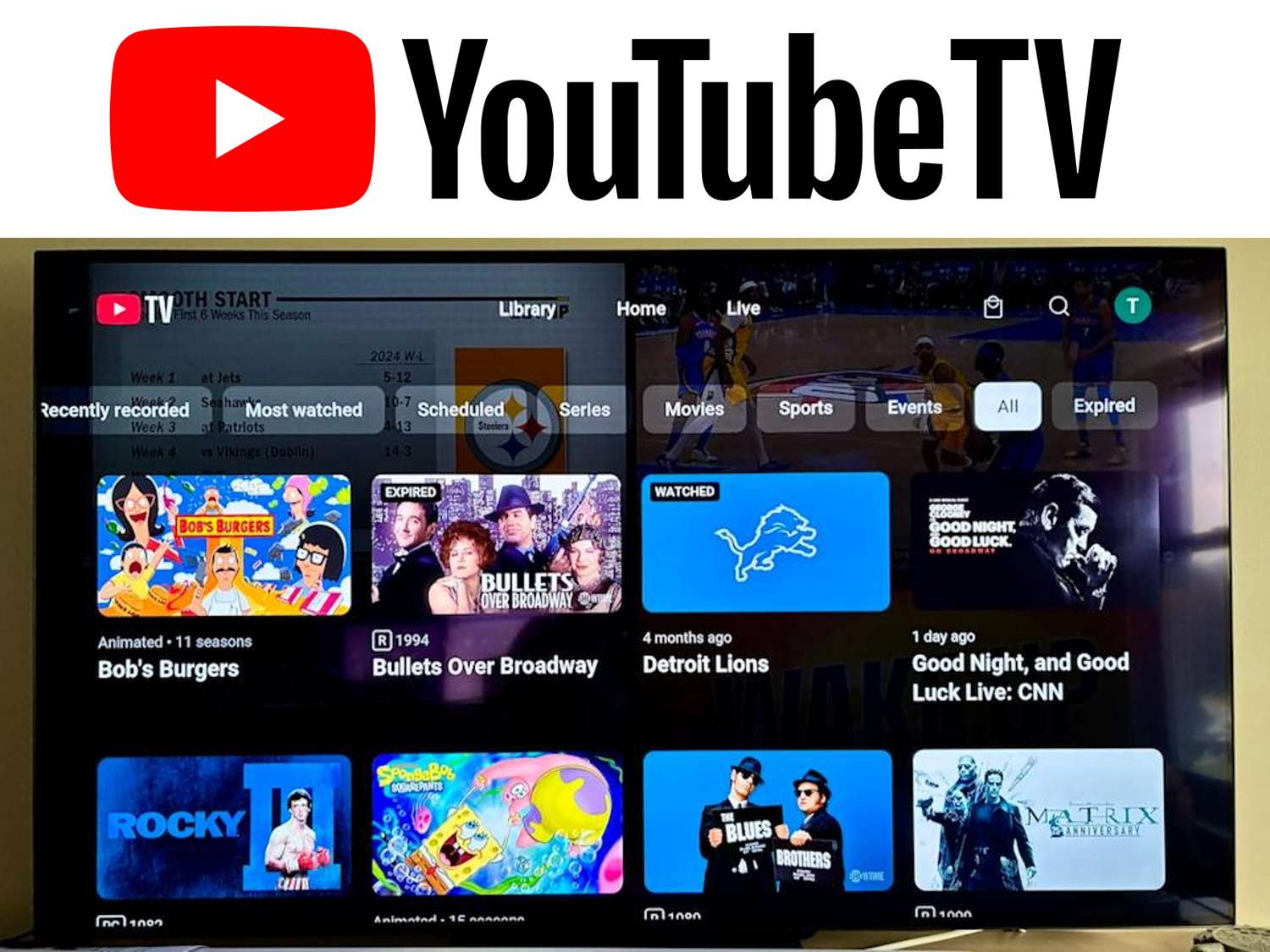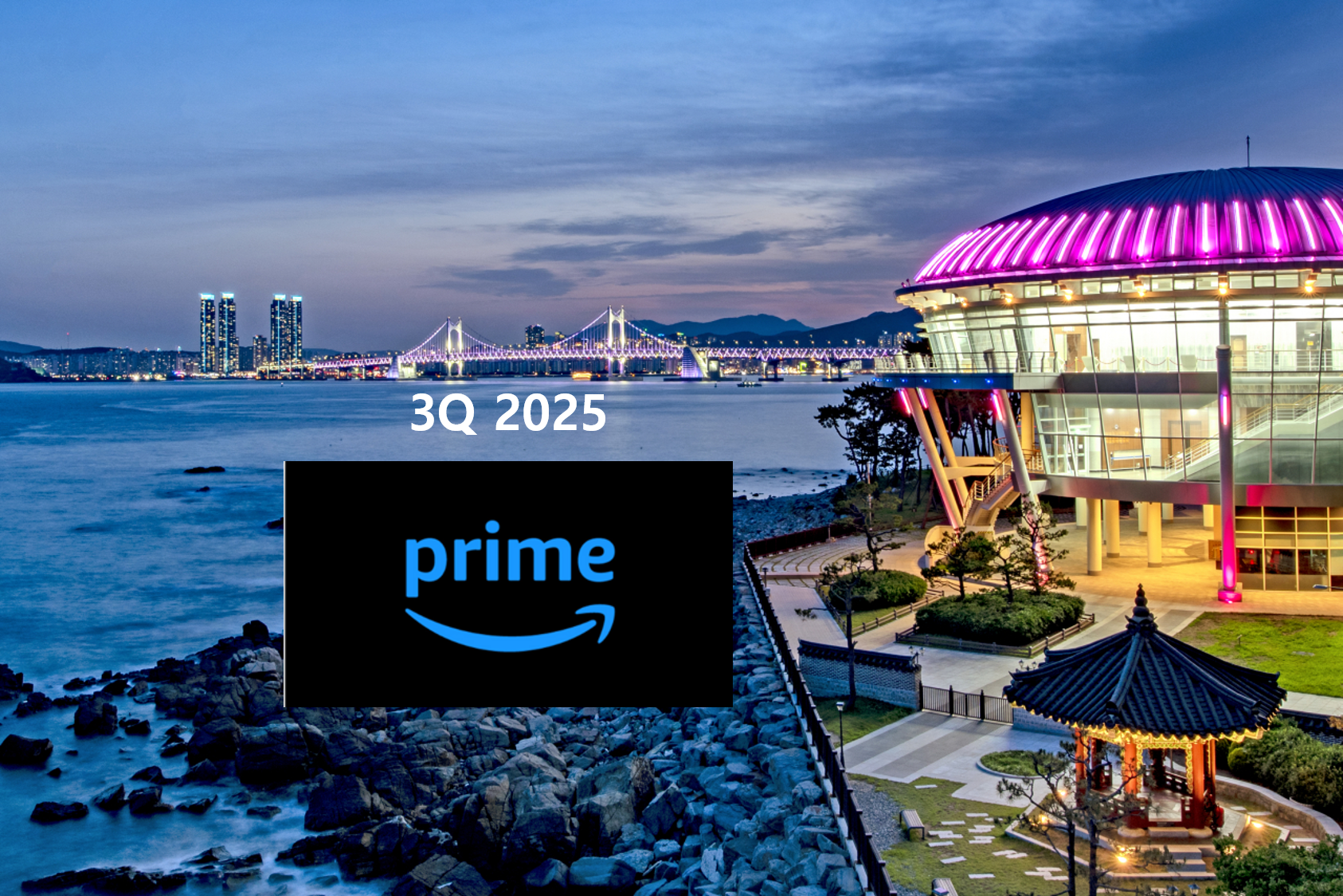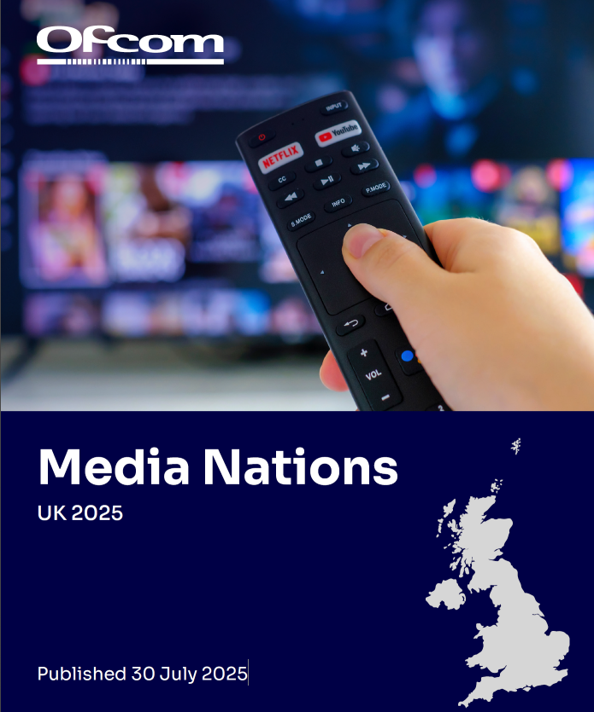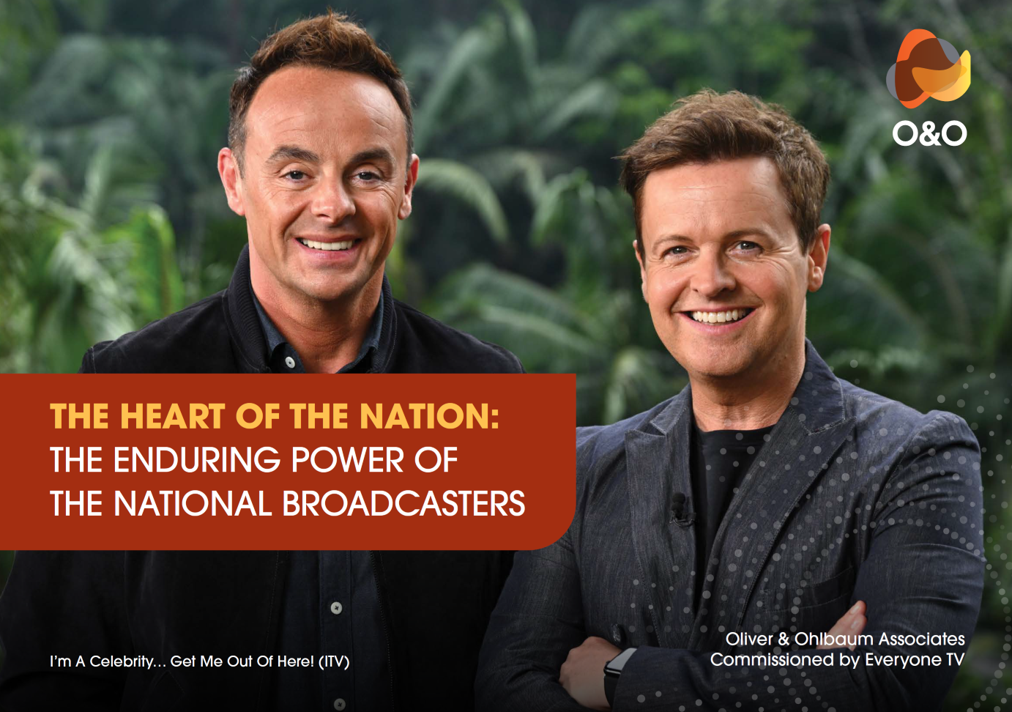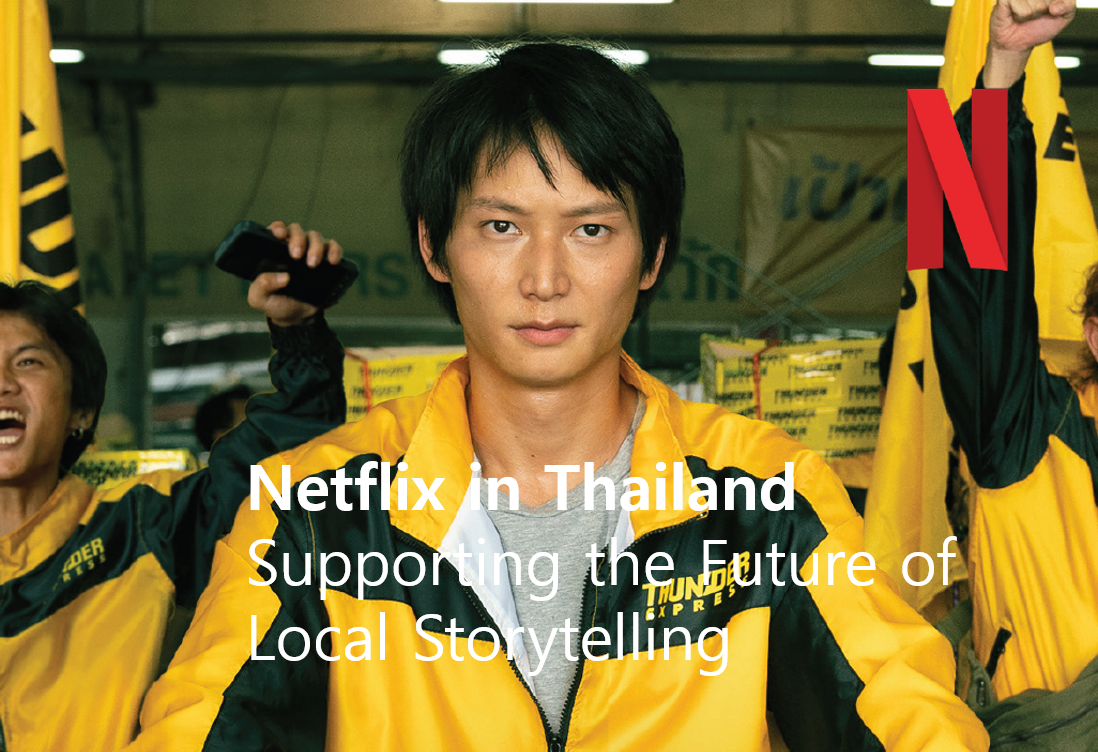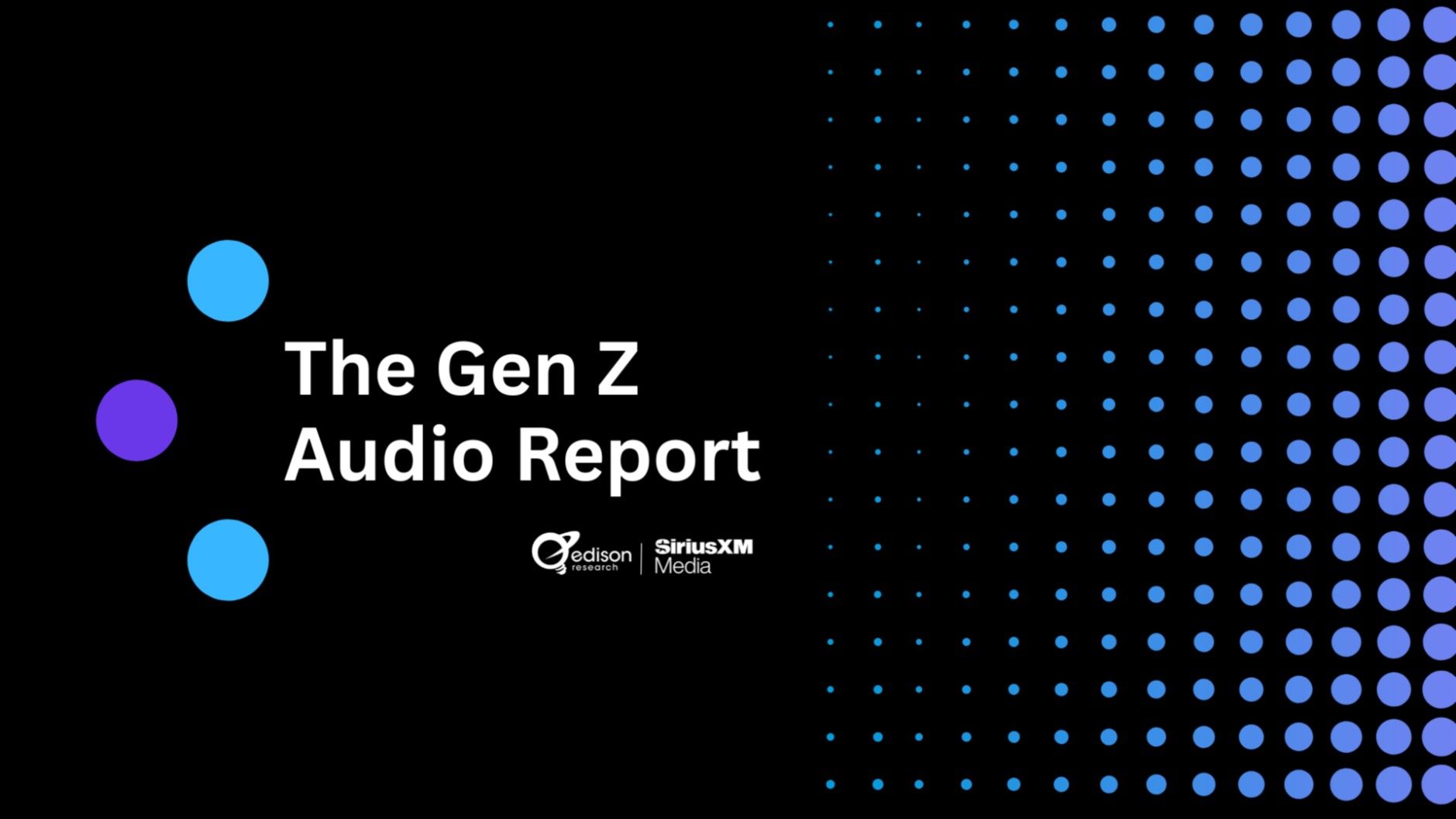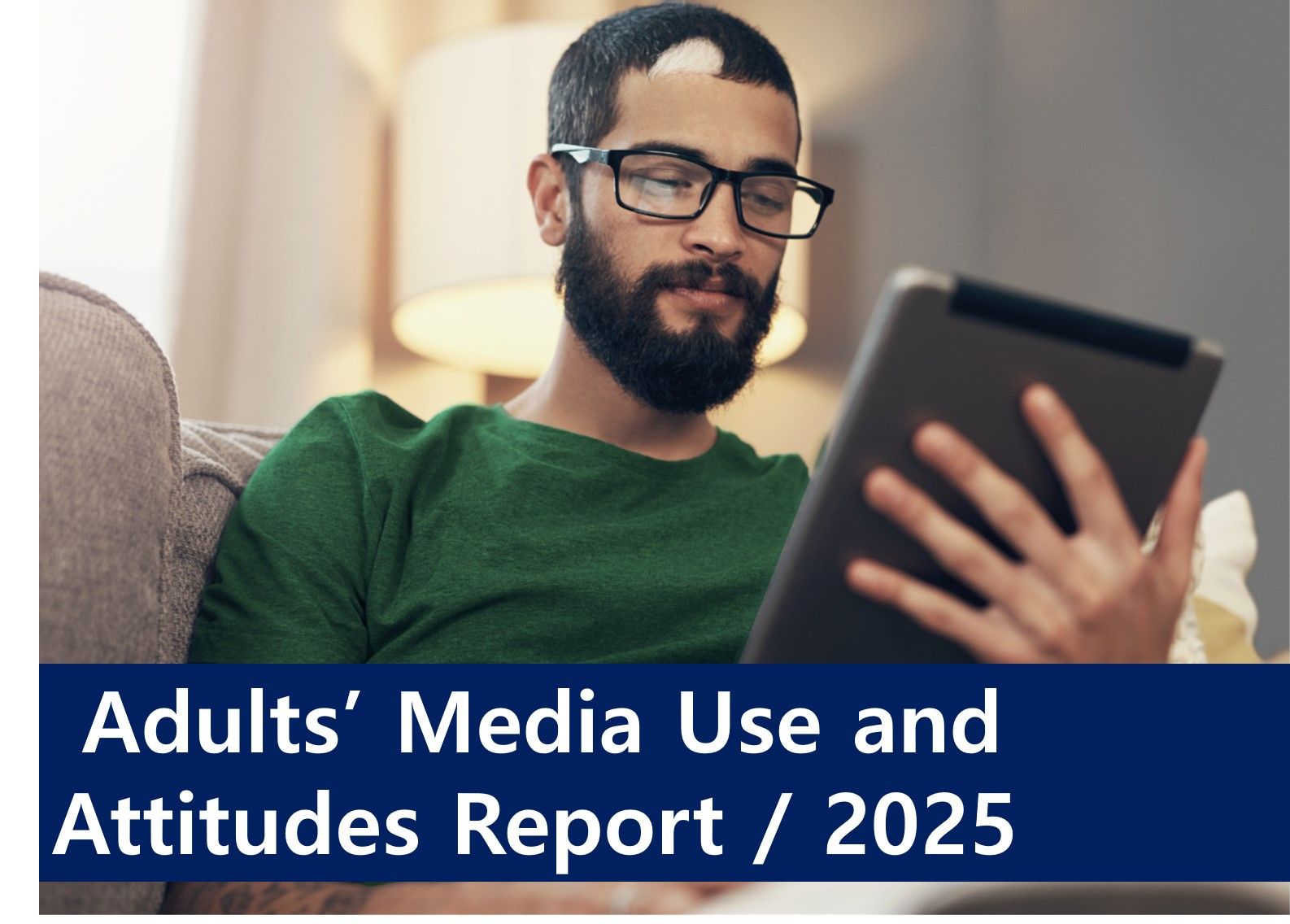"People watch the game, but it's AI that understands it, AI Sports broadcasting systems that coexist with humans"
Generative AI, which creates images, videos, and texts according to given commands, is also dominating the broadcasting industry. In particular, the penetration of AI into broadcasting has accelerated since the introduction of AI story visualization systems that turn text into video, such as Open AI's Sora. Generative AI has grown to the point where it can help humans with their work and imagination. Lore Machine turns writers' scripts into storyboards and animations. Lore Machine left private beta on March 4 and is now open to the public, and interest has been strong. There are already more than 25,000 users on the waitlist.
The National Association of Broadcaster Show (NAB Show), the world's largest trade show for broadcasting, media, and entertainment, on April 13, 2024, will also focus on AI. This year's theme is Embracing the Future of AI. The focus is on how AI is changing the way content is created, distributed, and monetized.
In the broadcast industry, AI is being applied to dramas and entertainment news. Channel 1, which has declared itself an AI CNN, has also announced that it will introduce 'AI reporters' for sports coverage.

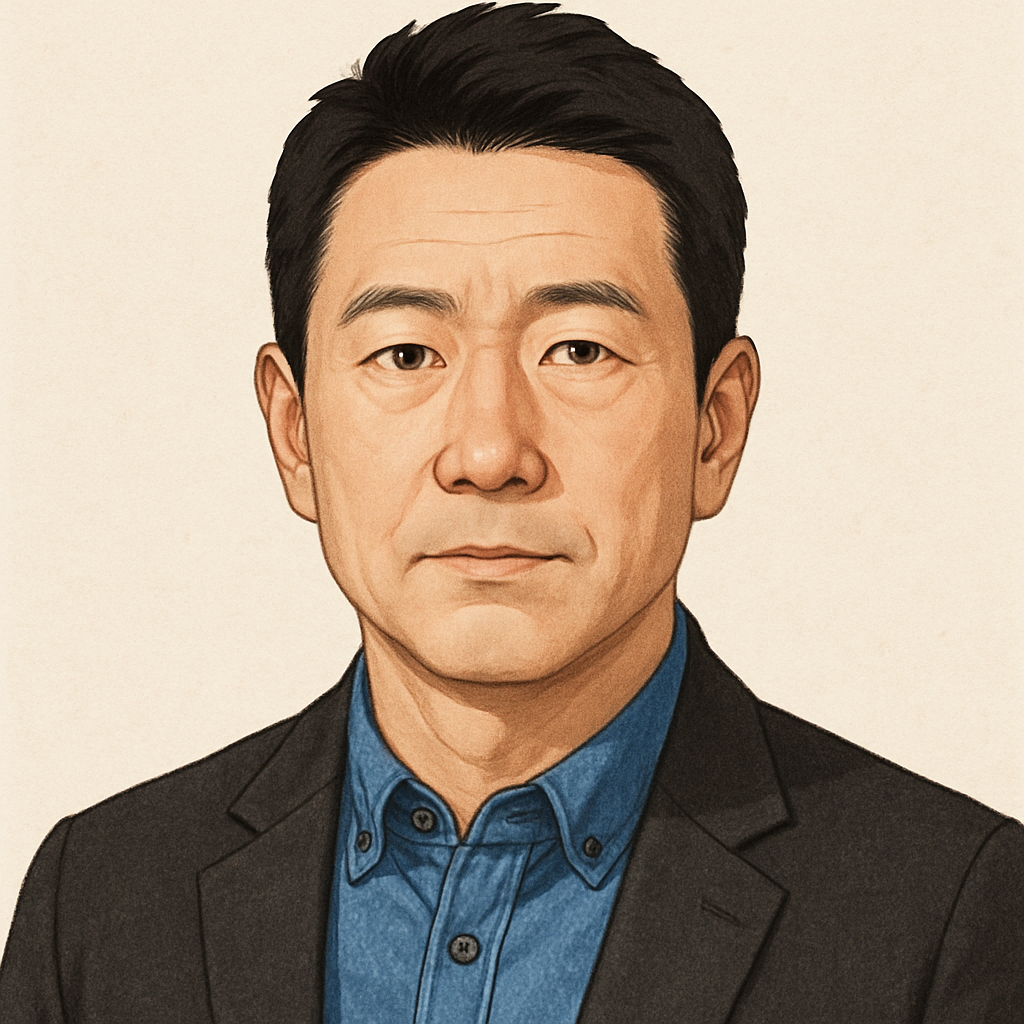
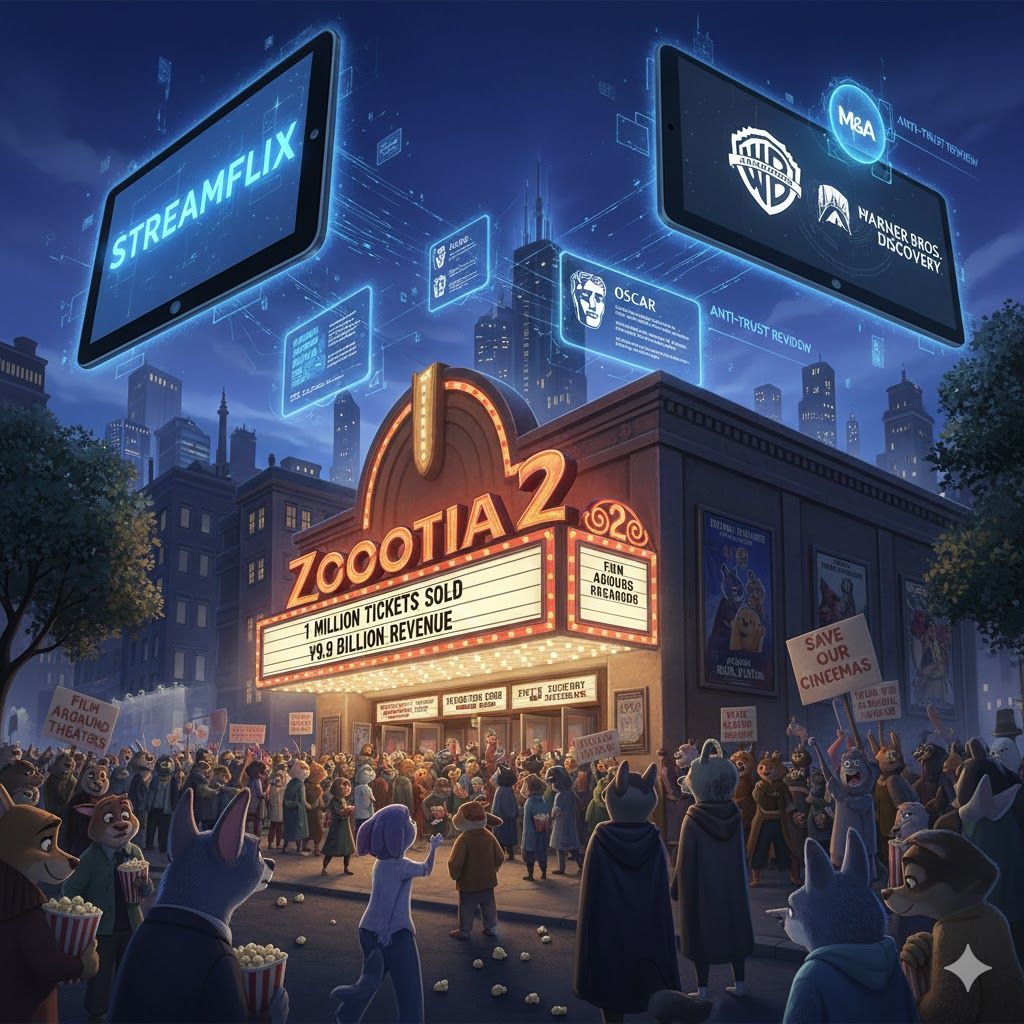
![[하] 디즈니는 왜 OpenAI를 선택하고, 구글을 배제했나...10억 달러 AI 동맹이 재편하는 할리우드 권력 지도](https://cdn.media.bluedot.so/bluedot.directmedialab/2025/12/ht15dm_202512131755.png)
![[상] 디즈니는 왜 OpenAI를 선택하고, 구글을 배제했나...10억 달러 AI 동맹이 재편하는 할리우드 권력 지도](https://cdn.media.bluedot.so/bluedot.directmedialab/2025/12/a57gsi_202512131633.png)
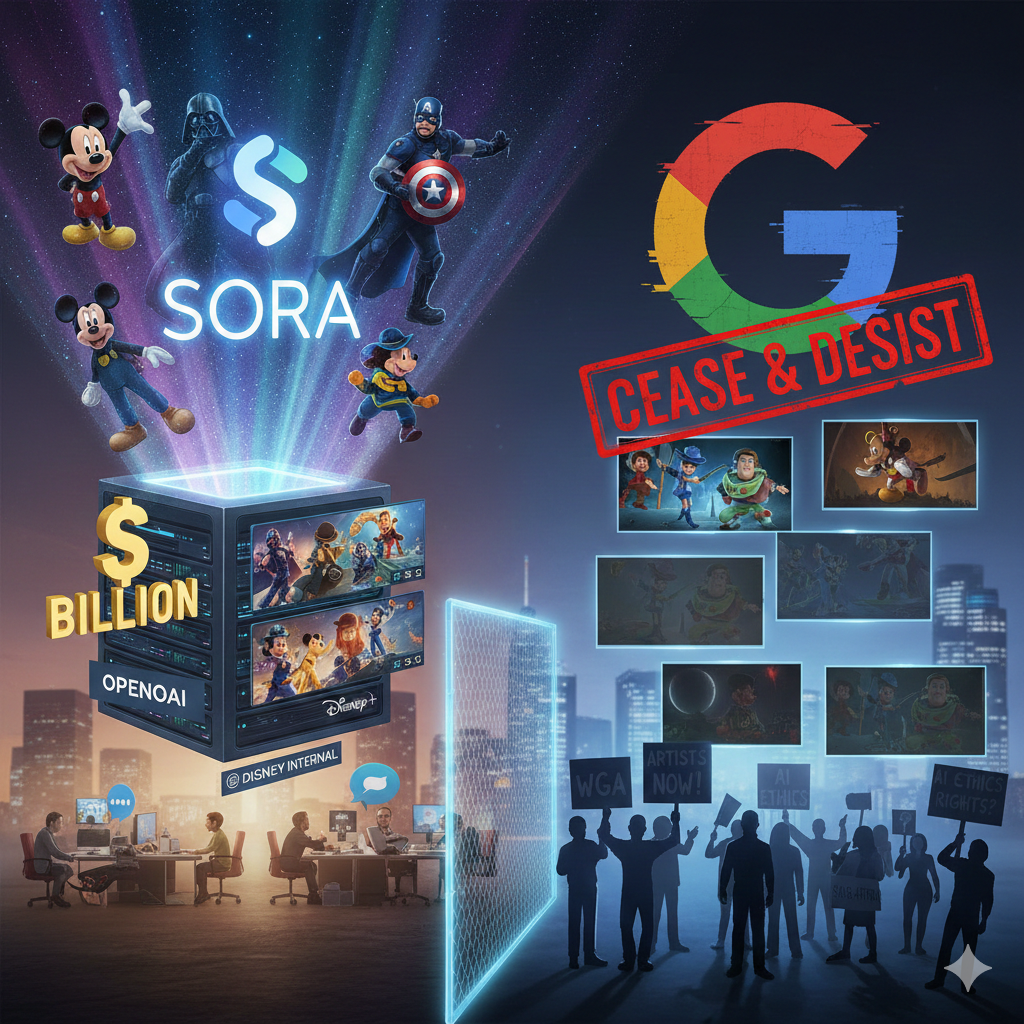
![[프리미엄 리포트] 미국 케이블TV 2025, 변화와 미래 전략](https://cdn.media.bluedot.so/bluedot.directmedialab/2025/05/vj931j_202505270106.png)

